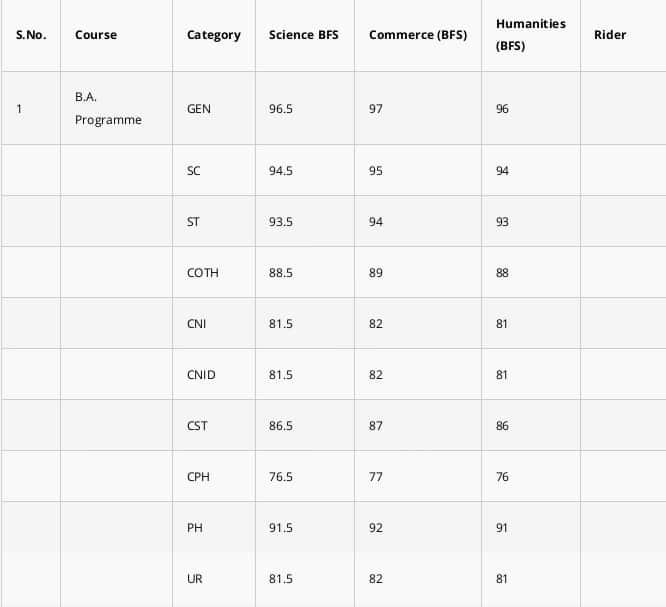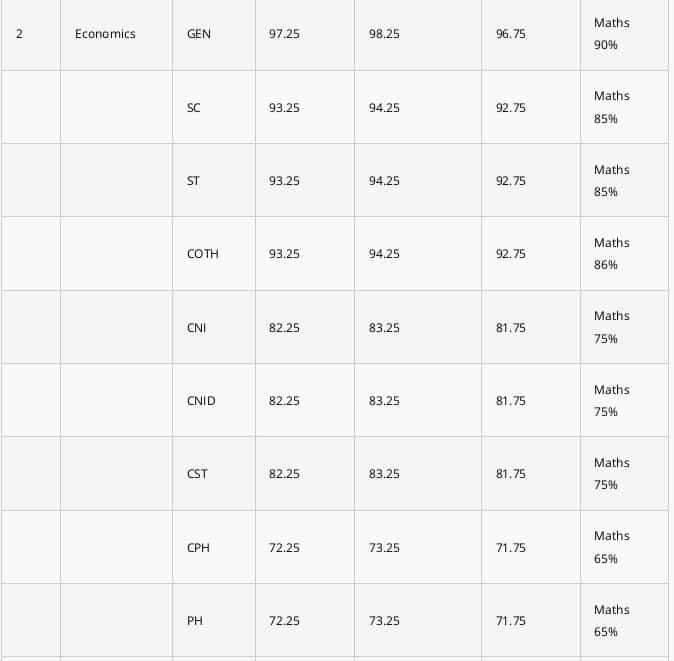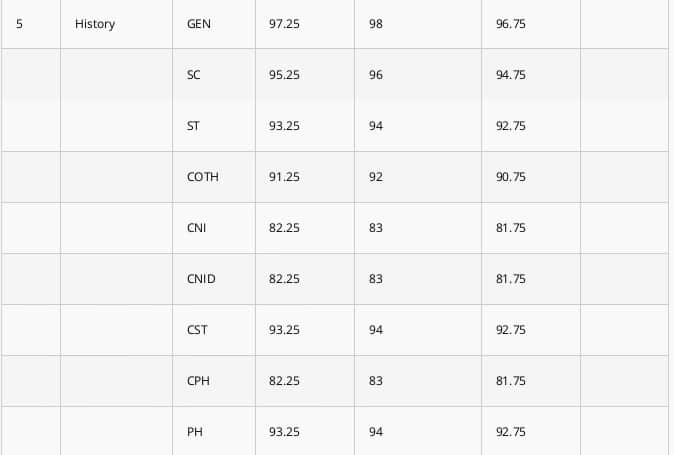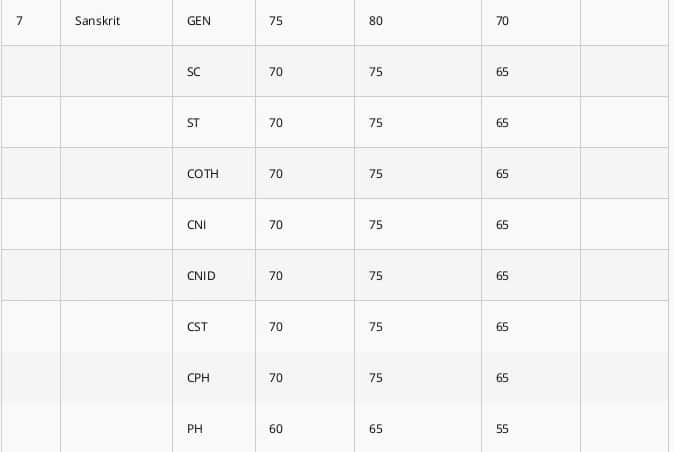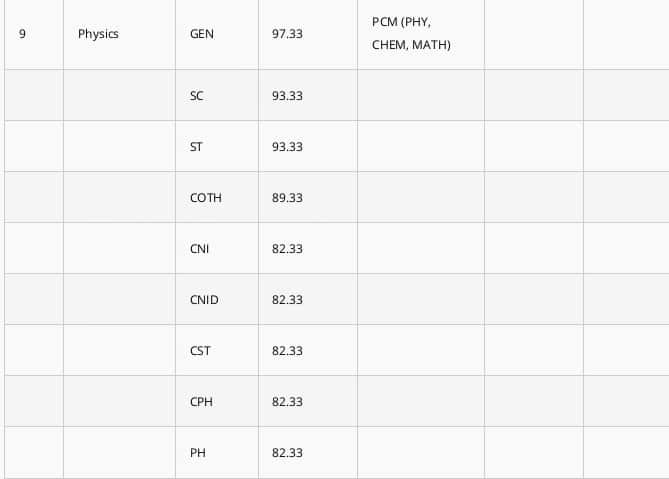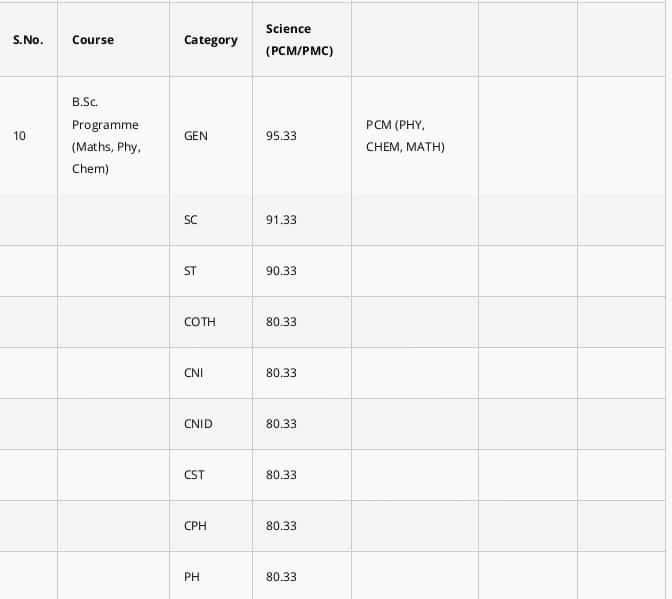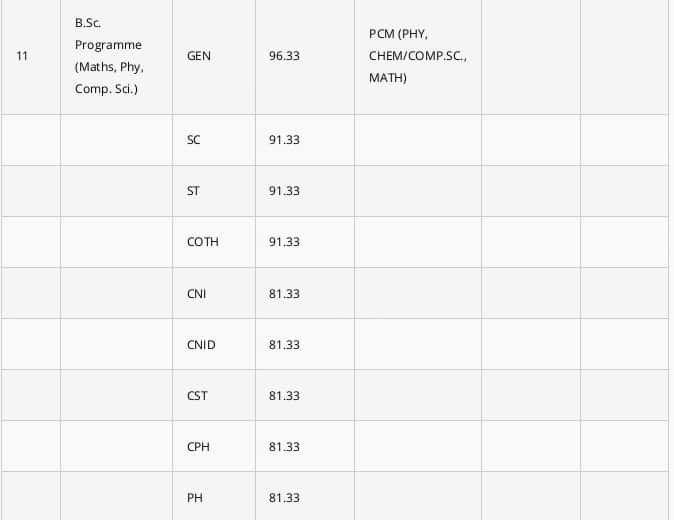Amidst the recent decision by the HRD ministry on keeping the cutoff system like the way it is (instead of an entrance test exam), different viewpoints emerge amongst the ‘DU aspirant’ demographic.
There were talks in the academic circle that in the University of Delhi (DU), soon a method of selection based on entrance exams would replace the usually straightforward system of cutoffs. However as of now, hopes for this seem to have been tarnished as HRD minister Prakash Javadekar ruled against the DU administration’s transitionary move, at least for the 2018-19 batch for now. The complicated nature of the matter can be expressed through Delhi University Teachers Association (DUTA) President Rajib Ray’s statement ‘Neither Vice-Chancellor nor HRD can decide in isolation about the entrance criteria. Procedurally, an ordinance needs to be proposed to the academic council and the decision will be taken thereafter.’
While academicians, deans and professors have accepted this decision in mixed tones, many students who are aspiring to be members of the DU varsity have had more direct opinions. The consensus was in the favour of a change in the system and felt an entrance test would be more useful in picking out the ‘more deserving’ candidates. According to Bhavya Bhadauria, one of the many 12th graders who are aspiring for DU, ‘Entrance tests would be a nice mechanism to curb illegal processes (like teachers in Bihar reportedly helping kids cheat in finals) and to tackle the options the right way. We might not get our desired percentage in the boards but the probability of getting a desired score in an entrance test seems more likely.’
Aspirants also highlight the inequality in mark distributions for different state boards which might create a bias in measuring cutoffs.
On the other side of the scale are students who feel the cutoff process has been more open to diverse and unbiased admissions. Eric Chopra from Delhi wishes to study History Hons at DU after his boards and is fairly supportive of cutoffs. He cites a personal experience to explain his perspective. ‘Back in 11th, I had served as an exam writer for a special kid during his boards. I was just supposed to be a writer but he actually did not know much. Still even in the subjects where I thought he’ll flunk, he still got marks in 80s.’ Eric recalls, pointing out how boards might end up giving good grade points and percentages to even those who in conventional standards might not have ‘studied much’. However, this sparks off a whole another debate about who’s deserving and who’s not.
Interviewing further school students along similar lines, the consensus was of the view that already a lot of effort and time goes into boards for high schoolers. After completing this seemingly and overhyped Herculean task, preparing for another exam to enter their desired college would be additional burden. Hence, a few students are fine if they are chosen in colleges on the basis of their efforts in the last class of school.
Such discussions also bring out new ideas and ‘what if’ situations. Itanagar’s Oshin Gyati feels that it is saddening that some students despite having a good percentage can’t find admission in their desired DU college for not meeting the cutoff by one percent or even a point percent. ‘Admission should be on the basis of cutoffs but an entrance can be conducted for those who can’t match the cutoff by 1-5 percent.’ She gleefully remarks. While it seems like a helpful alternative but sadly, would seem very impractical to implement. Mrinalinee Sharma, a current first year student in Hindu College, feels that interview and application-based admissions should be introduced like other countries.
The possibilities are endless and all these view points are useful in deciding what’s relevant for students and their undergraduate future. However, the administration needs to take in account other factors too like the diverse social and economic backgrounds of the aspirants. Whatever be the case, cutoffs would seem to prevail at least for the next year, till a change kicks in.
Feature Image Credits: The Asian Age
Shaurya Singh Thapa




